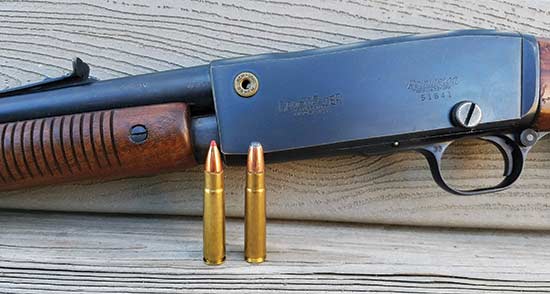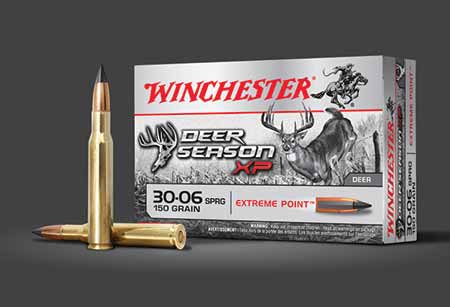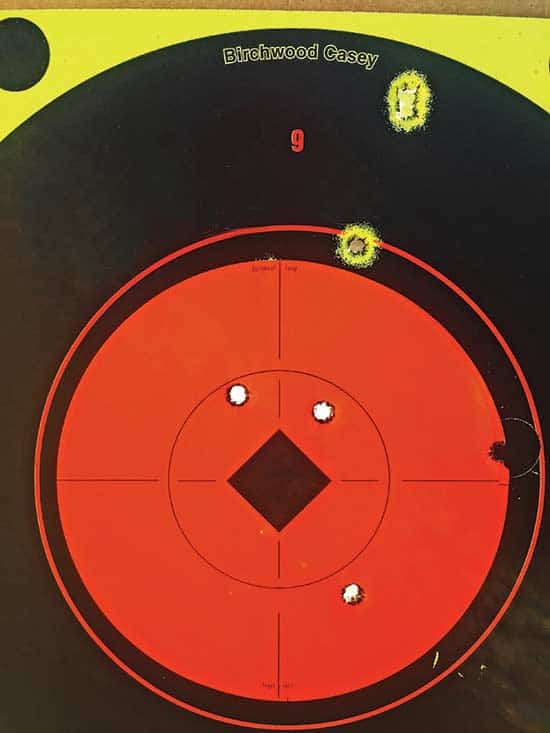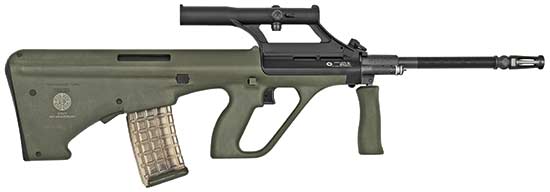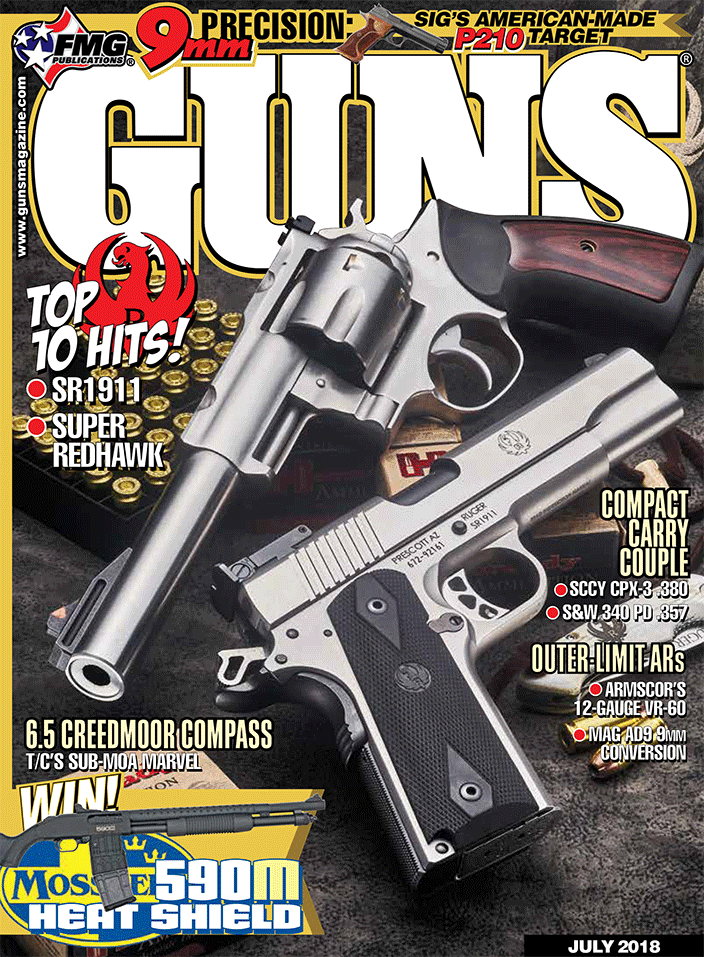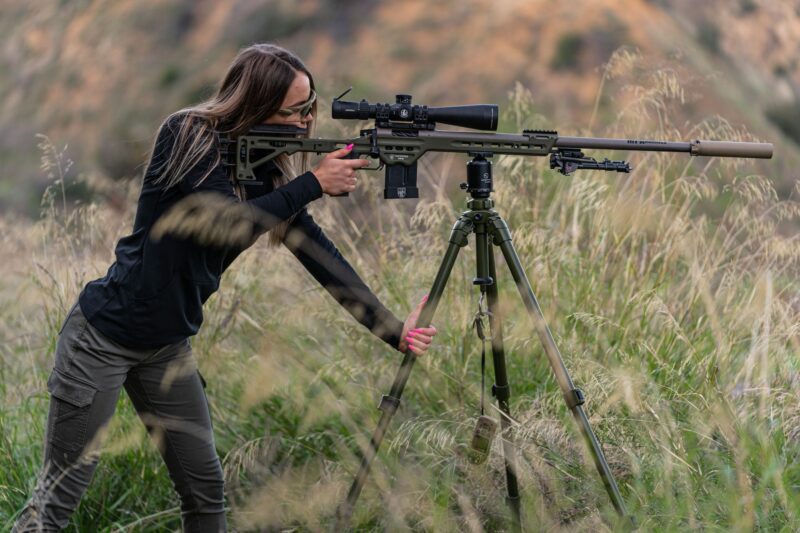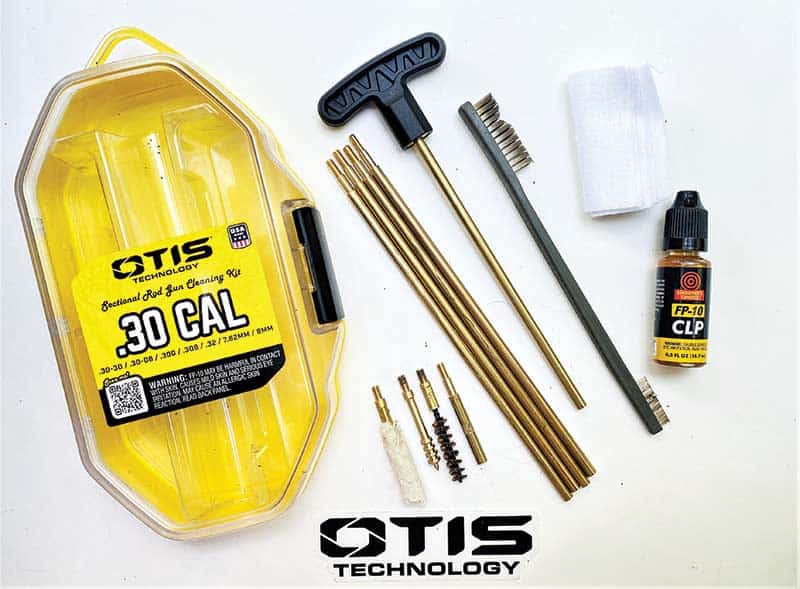A .35 Remington Retro Trio
The Best Way to Satisfy a Caliber Fetish
I got my first gun magazine staff job in 1977. It was on Sunset Boulevard in Los Angeles at a multi-story building now fallen victim to the wrecking ball. I’d gone through the usual interview/resume stuff, and the deal was about to be sealed when my prospective Big Boss looked at me and asked, “What kind of rifle do you have?” — correctly guessing my current economic status precluded the use of the plural “rifles.”
I’d been borrowing my father’s Model 50 J.C. Higgins .270 bolt action for most hunting purposes, but I felt a twinge of guilt in offering up Dad’s excellent FN/H&R-made tackdriver as my own. So I blurted out the name of the only centerfire truly mine — which had been a gift from an antique-hustling uncle who had a pretty good knowledge of guns, not to mention estate sales, chicanery and general wheeling-and-dealing.
“I’ve got a Marlin 336. In .35 Remington,” I said proudly. Perhaps too proudly. His response struck me as uncharitably dismissive: “Nobody shoots a .35 Remington.” It appeared I’d landed in Turnbolt Central. I was later to learn his particular fetish in hunting rifles revolved around high-zoot, pre-war British bolt-action sporters in 7×57. As well as pre-64 Winchester Model 70s in pretty much anything he could find. All high-dollar stuff, even back then. Anyway, I got hired and became semi-infamous as “the new guy with the .35 lever gun.”
Still Like ’Em
I shot the 336 for years, then traded it off in a fit of stupidity. A couple decades later I bought another — also in .35 Remington. It shot great — just like the first one, particularly after I mounted a 2.5X Weaver scope on it. Truth be told, I was less than happy with the recently-mandated crossbolt safety button on the replacement, but it really wasn’t a deal-breaker. Eventually, that one went the way of all trade bait as well.
I still like a .35. For traditional, tubular-magazine lever-action fans, it’s a fine compromise between the .30-30 and the thumping .45-70. Although when you factor in the current hot-rodded levels of .45-70, the .35 is actually closer to the .30-30 in terms of power. That’s basically a 200-gr. .358″ bullet at a bit over 2,000 fps vs. a .308 bullet a couple of hundred feet faster, how much depending on whether it’s 150- or 170-grs. I’ve used .30-30s and .35s on hogs and deer and they both work just fine — although for anything bigger I’d probably go with the .35.
Funny thing is, although it’s a Remington proprietary number, the Big Green rifles that birthed it — the Model 8/81 autoloader and the Model 14/141 pump are long gone. Sure, a number of 760 Gamemasters were chambered to it, but they’re also history. There’s a custom-shop Model Seven bolt-action carbine you can still order the last time I checked, but Marlin leverguns pretty much keep the old .35 Remington breathing today.
Fortunately, Doug Fee, a shooting buddy of mine, has a couple of those dear departed Remingtons — plus a Marlin — and we had the chance to run some Federal 200-gr. RN factory and Hornady 200-gr. LeverEvolution loads through them. Just for giggles you understand.
Cool Factors
You can offer up ballistic arguments in favor of hoo-hah exotic calibers until your face turns blue, but unless those calibers come in rifles with a serious Cool Factor, you’ve lost me. And the .35, as un-hip as it sounds, has that advantage going for it. I don’t know many traditional rifle guys who wouldn’t go weak- kneed over what we drug out to the range on our .35 shootout.
First off was a 24″-barreled Marlin 336A, a half-magazine beauty made in the early ’50s. Next we had a Remington 760 Gamemaster from way back when they were still making it in .35 Remington. And finally, an absolute treasure — a Remington 141 pump with an 18.5″ barrel, which, literally, leaked Retro-Cool from every pore.
Now, let’s deal with the old fps factor. The Federal RN’s speed ranged from 1,950 to 2,060 fps by our chrono, depending on barrel length. The hotter Hornady Flex-Tip ran from just about an even 2,000 to 2,200 fps. Considering all three of our rifles represented a 5.5″ span of barrel lengths, that’s pretty consistent.
Accuracy? Well original open sights and elderly eyes still managed to produce nice 50-yard results. The old Micro-Groove Marlin hated the Hornady Flex-Tip Lever-Evolution and loved the Federal RN. The 141 liked ’em both, while the 760 showed a distinct Hornady bias.
Maybe it’s time for another .35 Remington.
Still the Baddest Bullpup
As far as military-pedigreed hardware goes, I’ve seen my share of eye-grabbing stuff over the years. But nothing has quite had the OD impact of my first early-’80s look at a Steyer AUG. This 5.56 bullpup classic — introduced as the Austrian military’s STG 77 SA — has been commemorated by Steyr on its 40th anniversary. The limited edition version featuring the original “tulip-style” muzzlebrake and the integrated, original-profile 1.5X scope is sure to grab attention. In deference to the original configuration there are no rails, however, the scope can be removed and replaced with rails for the current AUG A3 M1 — an option begging the question, “But why would you want to?”

